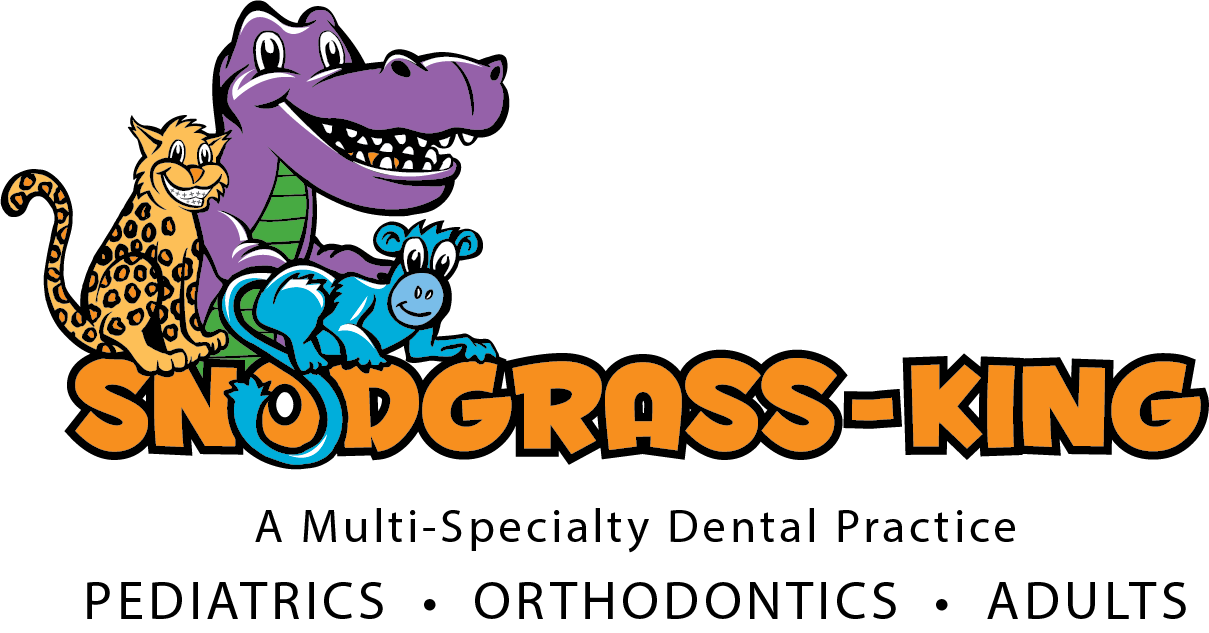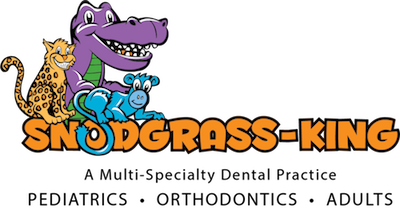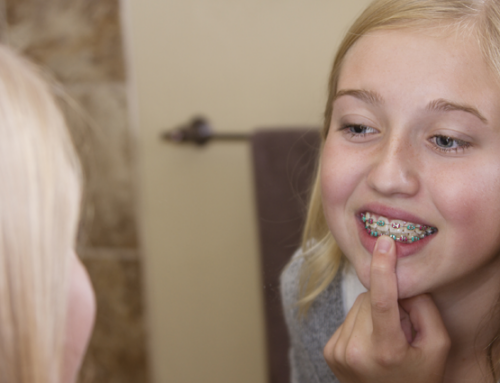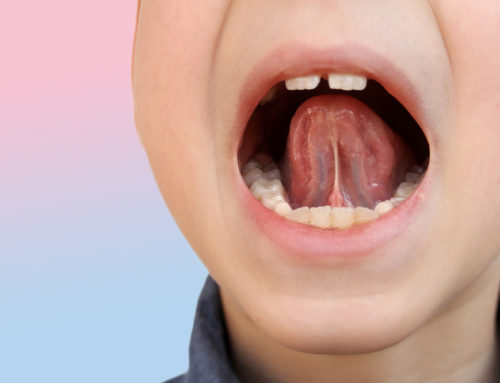Teething Newborns: All You Need to Know
Teething is a time when parents can expect their newborn to be grouchy, irritable, and sleepless! Here is everything you need to know about the process for teething newborns.
When Does Teething Start?
Babies are born with all 20 teeth below their gum line. For newborns, teething typically happens between 6 and 24 months. The teeth usually come in pairs. The middle two teeth at the bottom are usually the first to come in followed by the middle two teeth at the top or vice versa. Children usually have their full set of baby teeth by age three.
Here is an average timeline of how the teeth typically grow in:
- 6 months: lower central incisors
- 8 months: upper central incisors
- 10 months: lower and upper lateral incisors
- 14 months: first molars
- 18 months: canines
- 24 months: second molars
Depending on the baby, the teething process can be easy or excruciating, but even in minor cases, most babies show some teething symptoms.
Teething Symptoms
Depending on the baby, the teething process can be very easy or very excruciating, but even in minor cases, most babies show some teething symptoms. It’s pretty easy to see when your baby’s teeth are starting to erupt from the gum line. The tricky thing is teething symptoms can start 2-3 months before a tooth begins to emerge!
Here are the symptoms you can keep an eye out for so that you can take the proper steps to make this process as comfortable as you can for your newborn.
- Irritability, especially at night – Most of your baby’s development happens when they are sleeping. Tooth eruption, when the tooth moves through the bone and gum, happens in stages, with more activity at night. This discomfort may cause your baby to wake up several times throughout the night.
- Excessive Drooling – Although drooling is a normal developmental stage of infancy, drooling in excess can also be a result of your baby teething. Your baby’s body begins to create extra saliva to lubricate the tender and bulging gum.
- Puffy Gums – Before your baby’s teeth start to poke out, it can cause the area of the gum to become red, swollen, and even bruised-looking. Sometimes, you can faintly see the tooth under the skin.
- Biting – The pressure of the tooth coming in from beneath the gums can be relieved by counter pressure. This will cause your baby to have a need to bite things.
- Decrease in Appetite – Usually, when babies are in pain, they lose their appetite, especially if it triggers spots that are sore.
Keep an eye out for these symptoms and it will help you take care of your baby’s teeth when they come in.
Irregular Teething Symptoms
- Body Rashes
- Diarrhea
- Fever
- Vomiting
- Coughing
- Congestion
Ways to Relieve Symptoms for Teething Newborns
Listed below are a few remedies that you can try to relieve the discomfort of the teething process. Experiment with a few of them and see which one works best for your baby.
- Gum Massage – If the tooth has not erupted or formed a painful bruise, counter pressure and friction will relieve the area that is sore. With a clean finger, try rubbing your baby’s gums.
- Cold Washcloth – A frozen or chilled wet washcloth can be comforting for the baby to gnaw on. The thick fabric feels good and the cold will help numb the sore gums.
- Chilled Food – If your baby has started eating solids, try to offer cold food like applesauce or yogurt. As stated above, the cold food will help soothe gum pain and also fill them up!
- Change of Environment – By changing your baby’s environment, you can distract them from the chronic discomfort they’re feeling. Try things like offering a new toy, running them in a warm bath to relax them, or even a little extra cuddle to take your baby’s mind off of their mouth.
After the first few teeth come in, the process tends to become much less painful, for you and your baby.
Teething Treatments to Avoid
There are plenty of teething treatments out there, but not all of them are good for babies.
- Teething necklaces
- Teething aids that are frozen solid
- Liquid-filled teething aids or teething toys that could break
- Numbing gels that contain benzocaine
Numbing gels might sound like a good idea, but benzocaine is a drug that shouldn’t be given to children under the age of 2. Gels tend to wash off or wash away from where you applied them and end up getting swallowed. When swallowed, benzocaine can make it difficult for anyone to swallow. If a child under the age of 2 swallows numbing gel, then they stand a greater risk of choking.
Choking hazards are the main reason why you should avoid many teething toys. Be on the lookout for anything that could break, has small pieces, or that will do more harm than good.
When to Take Your Toddler to the Dentist
Teething is an important sign. We recommend that after six months of your child’s first tooth coming in, you should bring them in to see a pediatric dentist. However, every child grows at different rates. Therefore, if they turn one year old and it hasn’t been six months yet, you should still bring them in.
We hope these tips have helped, and we look forward to serving you at Snodgrass & King Pediatric Dentistry at one of our Middle Tennessee (Mt. Juliet, Murfreesboro, Spring Hill, Franklin and Cool Springs) offices near you.





